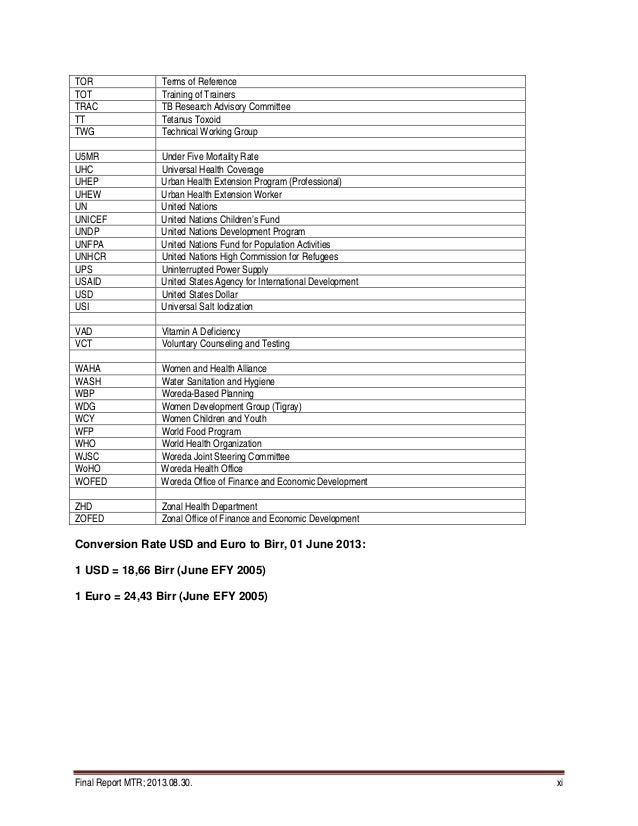

10 packets are sent to each hop and the results are generated. It’s also possible to run MTR with the –report option. Once installed, call it in the shell using your terminal emulator by typing ‘mtr’ followed by the name of the host.
#MTR REPORT INSTALL#
Issue the following commands to update the package database and install MTR: pacman -Sy pacman -S mtr To run an MTR on Linux:
#MTR REPORT UPGRADE#
Issue the following commands to update repositories, upgrade installed packages, and install the MTR program: yum update Issue the following commands to ensure that your system’s package repository is up to date, that all installed packages are up to date, and finally to install MTR itself: apt-get updateĪpt-get install mtr-tiny CentOS and Fedora:
#MTR REPORT ZIP FILE#
zip file containing two folders : WinMTR-32 and WinMTR-64 We can also consider MTR as a directional tool because it provides a view of the route through which the packet travels from. Here are the steps for Windows, Mac OS, and Linux: To install MTR on Windows: Running a traceroute is different for each Operating System. Standard mtr report contain the ip address, packet loss and latency statistics. While the report format may vary from mill to. The reports show full physical and chemical results referenced typically by the size of the raw material or by the part number for specific heat (batch) numbers. It represents an evolution of the traceroute command by providing a greater data sample as if augmenting traceroute with ping output and is useful for seeing how a server’s latency and performance changes over time. Online mtr report tool creates a network diagnostics report for the network path between our server ip address and ip address of the specified host. Mill Certs and MTRs are standard documents used by manufacturers to show information about either the raw material or finished product. This diagnostic tool combines the ‘traceroute’ and ‘ping’ function. MTR (My traceroute) allows you to constantly poll a remote server.


 0 kommentar(er)
0 kommentar(er)
